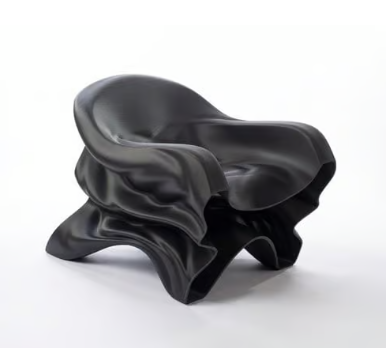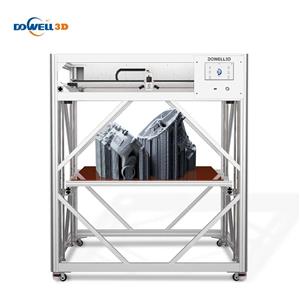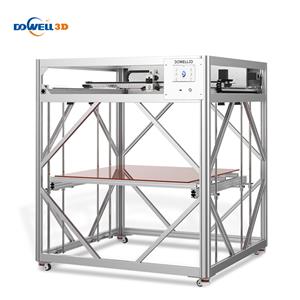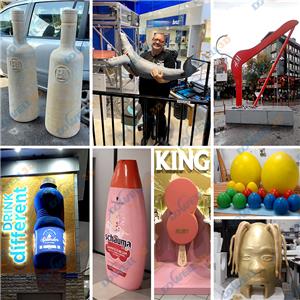Pellet extrusion technology enables 3D print furniture
Pellet extrusion technology enables 3D print furniture
For furniture production, additive manufacturing is a pioneering technology that enables unparalleled customization, design flexibility and sustainability. Today, 3D printing technologies are emerging one after another, among which pellet extrusion 3D printers have become the preferred method because they can cost-effectively produce large parts, making the production of end-use furniture feasible.
In the past, furniture designers and manufacturers often couldn't easily design unique furniture that could be customized. Using traditional furniture manufacturing methods not only requires the use of a large number of complex tools and takes a lot of time for prototyping, but also results in serious material waste. Additionally, costs are often prohibitive when producing complex designs using traditional methods. Particle extrusion additive manufacturing can overcome these challenges and open up new manufacturing possibilities for the furniture manufacturing industry.

It has always been difficult to balance beauty and function, and this designer wanted this chair to have a playful and simple appearance that would not only distinguish it from traditional furniture, but also be different from other 3D printed leisure chairs circulating on the market.
Other 3D printed chairs often fail to take full advantage of additive technology. Previously, they were usually Y-printed, which was just flipping the chair over and then extruding it to look like it.
However, when printing the chair he designed, the front side needs to be in contact with the machine tool, and printing is done at the bottom of the equipment. Not only did this approach increase overall freedom, it also forced them to be creative and avoid excessive overhangs, making printing less difficult. As with all additively manufactured end-use parts, the finished product must not only have the strength and functionality of a chair, but also not flex significantly when bearing weight.
Taking advantage of the high speed and high throughput of the Dowell 3D printer pellet extrusion system, they produced the first batch of chairs in just a few days.
Printing the same design on a filament extrusion printer would take at least four times as long and cost two to three times more materials. Pellets can also achieve extrusion widths of up to 3 mm, so parts printed this way are much stronger than filament printers, making design iterations not only timely and efficient but also cost-effective.





